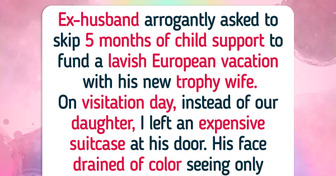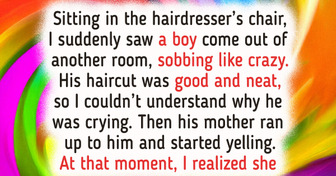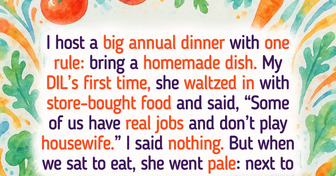A Homeless Woman Gets a Full Makeover, and the Result Is Truly Remarkable
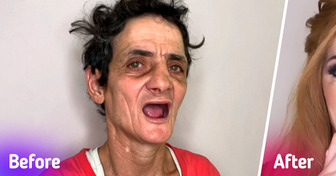
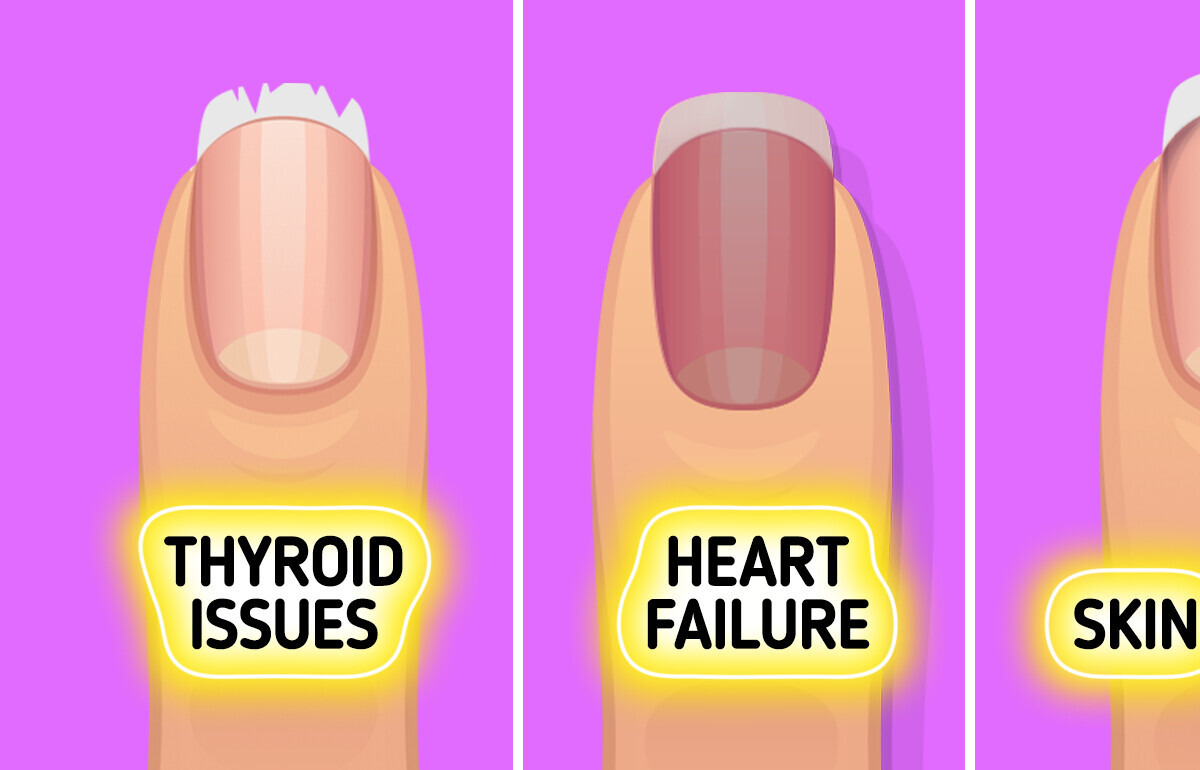
Your fingernails and toenails are more than just cosmetic features; they can provide valuable insights into your overall health. Changes in nail color, texture, and shape can sometimes indicate underlying health issues. In this article, we will explore several nail-related symptoms and what they might reveal about your health.
DISCLAIMER: THE INFORMATION PROVIDED HERE IS FOR GENERAL AWARENESS. IF YOU NOTICE SIGNIFICANT CHANGES IN YOUR NAILS, IT’S ALWAYS BEST TO CONSULT A DOCTOR FOR A PROFESSIONAL EVALUATION AND NECESSARY TREATMENT.
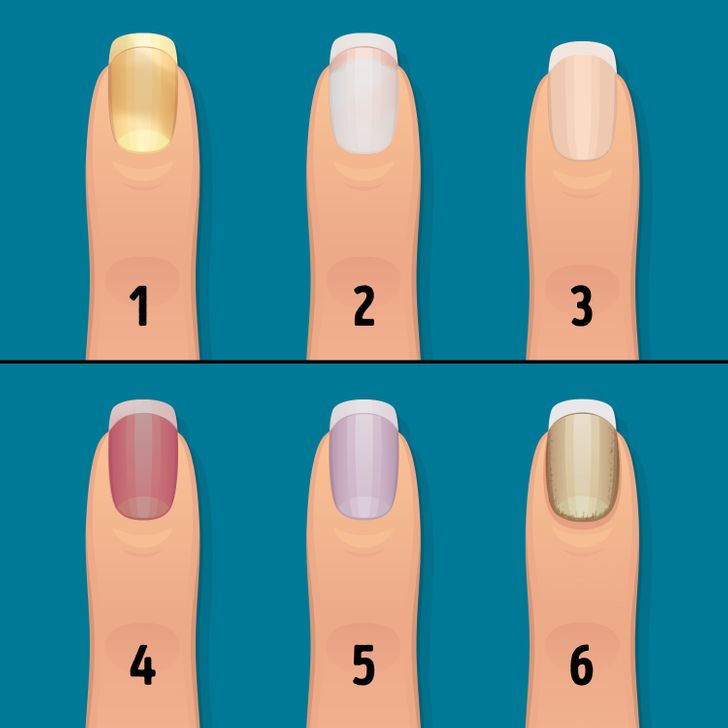
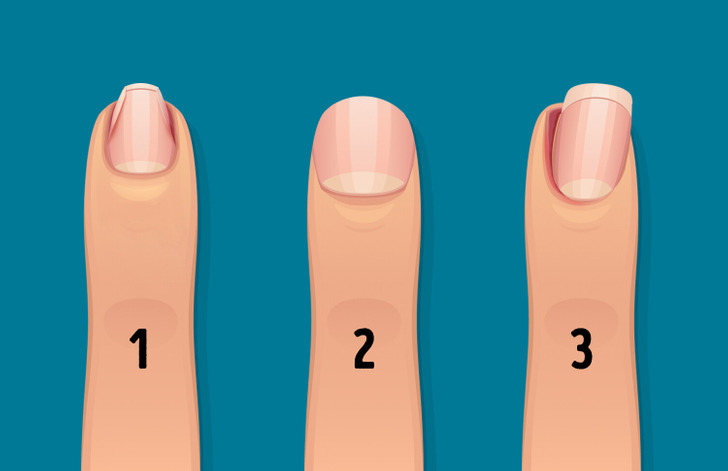
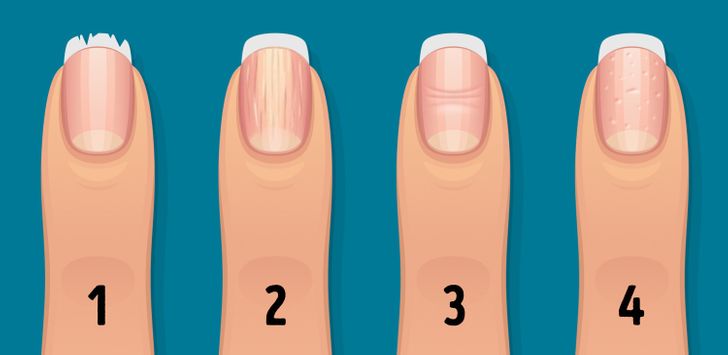
The appearance of dark streaks or lines under the nail, known as splinter hemorrhages, can be due to tiny blood clots damaging small capillaries under the nails. While they may result from trauma, they can also indicate underlying conditions such as endocarditis (infection of the heart’s inner lining) or vasculitis.
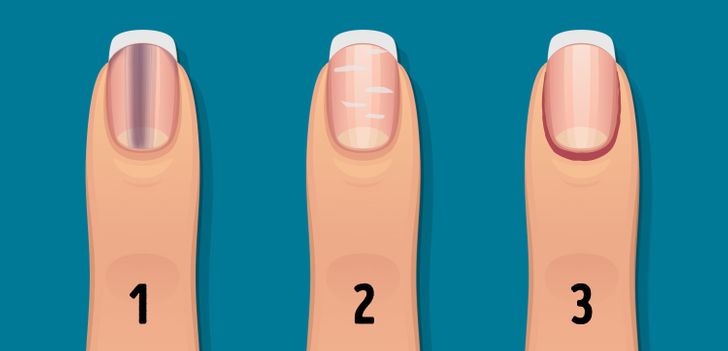

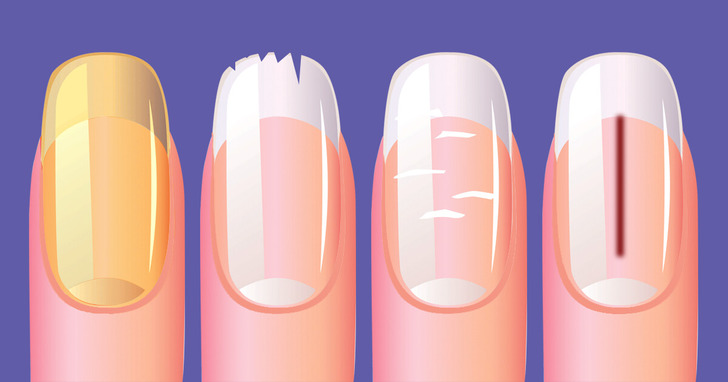
To nourish and strengthen your nails, try this simple homemade treatment:
Ingredients: equal parts of vitamin E, coconut, and olive oil.
Instructions: Warm the mixture briefly, then soak your nails in it for 10-15 minutes. This nourishing treatment hydrates and strengthens your nails, making them healthier and more resistant to breakage.
Your nails might be whispering secrets about your health, but they’re not the only ones. Your feet could be sending urgent signals too—signs you definitely don’t want to ignore. Stay tuned to discover five crucial warnings your feet may be giving you!






